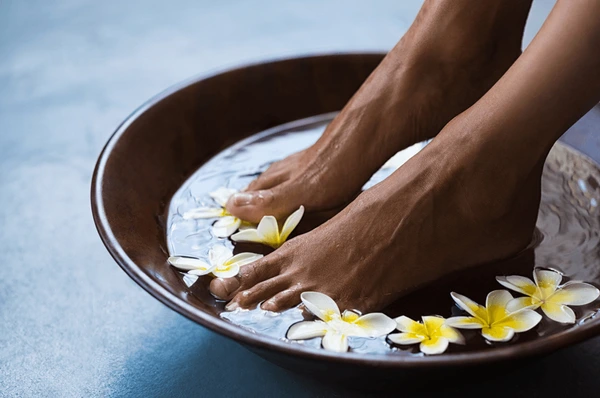Introduction: What is Hydrotherapy?

Hydrotherapy refers to the therapeutic use of water—hot, cold, steam, or mineral-rich—for healing and wellness. While it has ancient roots in Roman baths, Japanese onsens and Indian Ayurveda, it’s also becoming a cornerstone of modern skincare routines. The role of hydrotherapy in modern skincare goes beyond relaxation—it directly supports skin hydration, circulation and detoxification.
Benefits of Hydrotherapy for the Skin
1. Improved Circulation
Alternating between hot and cold water boosts blood flow. This delivers oxygen and nutrients to skin cells, keeping the complexion vibrant and youthful.
2. Deep Cleansing
Steam therapy opens pores, allowing trapped dirt, oil and impurities to be released. This reduces acne and blackheads while leaving the face refreshed.
3. Detoxification
Mineral baths infused with salts or herbs help flush out toxins and nourish the skin with beneficial elements like magnesium, calcium and potassium.
4. Reduced Inflammation
Cold water therapy soothes irritated skin, reduces puffiness and can calm redness caused by acne or allergies.
5. Stress Relief
Hydrotherapy lowers cortisol levels. Since stress often triggers breakouts and dullness, relaxation indirectly improves skin health.
For a broader perspective, revisit our main article on How Water Improves Skin Health.
Types of Hydrotherapy in Skincare
Facial Steaming
One of the most popular water therapies, face steaming helps unclog pores and makes the skin more receptive to treatments like masks and serums. You can enhance steaming by adding chamomile or green tea to the water for extra antioxidants.
Contrast Showers
A routine of alternating hot and cold water during bathing improves circulation, tones the skin and helps with firmness. This is especially beneficial for the face and body after workouts.
Mineral-Rich Baths
Hot springs and salt baths are not just relaxing—they infuse the skin with minerals that support repair and hydration. Epsom salts, for example, are rich in magnesium, which soothes tired skin.
Cold Compresses
Cold water applied directly to the face reduces puffiness and under-eye bags. It also tightens pores, giving the skin a smoother appearance.
Hydro-Massage Jets
Modern spas often use high-pressure water jets to massage the body. This stimulates blood flow, reduces tension and helps skin renewal.
Hydrotherapy at Home: Practical Tips
You don’t need a luxury spa to enjoy the benefits of hydrotherapy. Here are simple ways to practice water therapy at home:
- DIY Facial Steam: Fill a bowl with hot water, cover your head with a towel and steam for 5–10 minutes.
- Salt Baths: Add a cup of Epsom salt to your bath once a week.
- Cold Splash Routine: After washing your face, finish with a splash of cold water.
- Contrast Shower: Alternate 1 minute of warm water with 30 seconds of cold water for 3–5 rounds.
- Foot Soaks: Warm foot baths relieve stress and improve circulation, which benefits skin health overall.
For more scientific insights on hydrotherapy, check out this NIH study on the benefits of water therapy.
Final Thoughts
The role of hydrotherapy in modern skincare is undeniable. From simple face steaming to advanced spa treatments, water therapy helps cleanse, hydrate, and rejuvenate the skin naturally. By making hydrotherapy a regular part of your routine, you can unlock healthier, brighter, and more resilient skin—without relying solely on expensive products.
